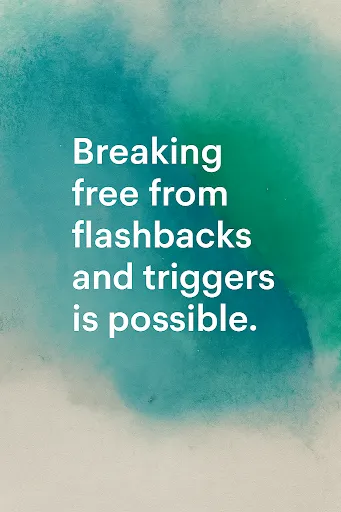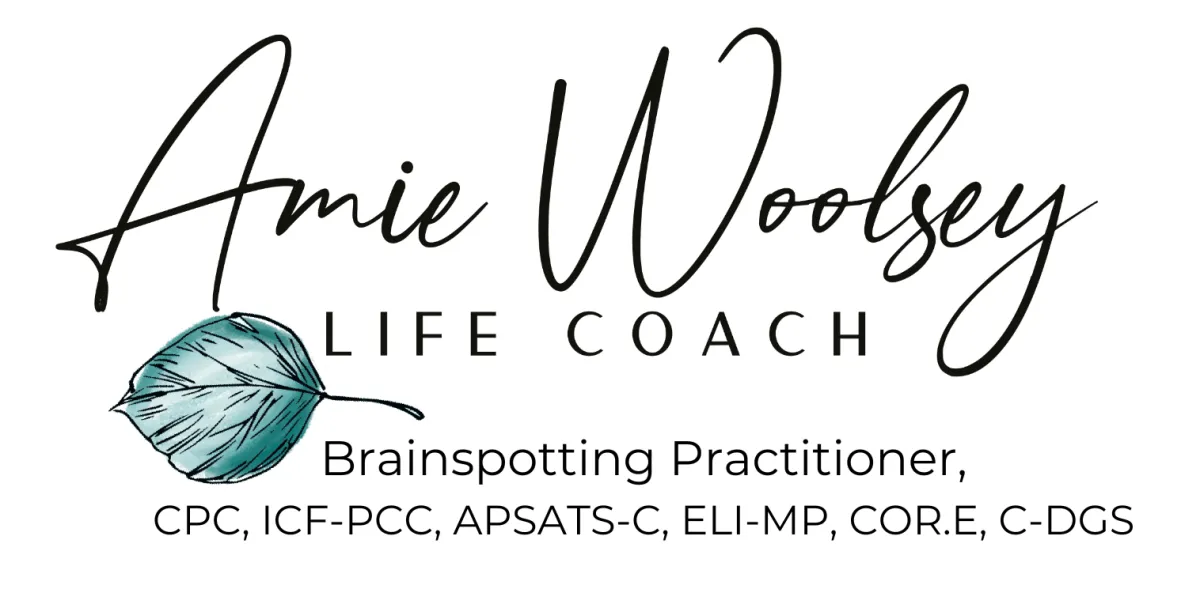
Breaking Free from Flashbacks and Triggers: Brainspotting’s Role in Trauma Recovery
When you've experienced betrayal or abuse, your mind and body can become trapped in a cycle of flashbacks, triggers, and overwhelming emotions. The past doesn't stay in the past—it follows you, sometimes in ways you don't even realize. The smallest thing can send you back to that painful moment when everything changed. Whether it’s a sound, a word, or a place, your body reacts as if you’re reliving the trauma. This is the reality of trauma recovery, but it doesn’t have to stay this way.
If you're experiencing frequent flashbacks or triggers that feel like they control your life, you're not alone. And even more importantly, healing is possible. One of the most powerful tools in trauma recovery is Brainspotting, a therapy that helps you process and release the trauma stored in your body and mind—allowing you to break free from the grip of flashbacks and triggers.
What Are Flashbacks and Triggers?
Flashbacks are moments when the past invades the present, making you feel as though you're reliving the traumatic experience. The intensity of these moments can leave you feeling helpless, as if you are stuck in the past without any control over the situation. Triggers are anything in your environment that reminds your body of the trauma—sometimes in ways that are unnoticeable to others. A trigger could be a specific smell, a place, a person, or even a tone of voice. It can cause your body to react as if the trauma is happening again.
These flashbacks and triggers often lead to feelings of hypervigilance, anxiety, anger, or even numbness. It’s as if you’re constantly on high alert, always waiting for the next wave of pain to wash over you. It’s exhausting. And if you've been through betrayal trauma or emotional abuse, you may feel like you’re never truly free. You’re not alone—trauma has a way of holding on, but there’s a way to break free.
How Brainspotting Helps You Break Free from Flashbacks and Triggers

Brainspotting is a somatic (body-based) therapy that targets the root of trauma stored in your brain and body. By focusing on specific eye positions (called brainspots), Brainspotting helps access the deep, subconscious parts of the brain where trauma and emotional pain are stored. This allows your brain to process the trauma that keeps you stuck in cycles of flashbacks and triggers. Here’s how it works:
Identifying Brainspots: Brainspotting uses specific eye positions that correlate with areas of the brain where trauma is stored. By focusing on these spots, you can safely access the traumatic memories and release the emotions attached to them.
Processing Trauma Without Overwhelm: Unlike traditional talk therapy, which works with the conscious mind, Brainspotting works directly with the subconscious brain, where trauma often resides. It helps process unconscious pain, allowing you to release triggers and flashbacks without feeling overwhelmed.
Reducing Hyperarousal: The trauma from betrayal or abuse often keeps your nervous system in a constant state of hypervigilance or stress. Brainspotting helps to calm the nervous system, reducing anxiety and bringing your body back into balance.
Releasing Emotional and Physical Tension: Trauma is stored in your body. You may notice tightness, pain, or discomfort in specific areas when flashbacks or triggers occur. Brainspotting helps you release the emotional and physical tension connected to these trauma responses, allowing your body to heal and regain its sense of safety.
Restoring Safety and Control: As you work through the trauma, Brainspotting restores your sense of control. No longer will you be at the mercy of your triggers and flashbacks. By processing the trauma, you reclaim your personal power and begin to experience life in a way that feels safe and empowered.
What Can You Expect from Brainspotting Sessions?
During a Brainspotting session, you'll work with a trained practitioner (like me) to identify brainspots and process trauma. Here’s what to expect:
Deep focus: You’ll focus on an eye position (or brainspot) while holding space for the emotions, memories, or physical sensations that arise. This process helps you connect to the deep emotional roots of the trauma without feeling flooded by it.
Safe, supported environment: The session is designed to be a safe, non-judgmental space, where you can process your trauma at your own pace. It’s not about forcing anything—it’s about allowing your body and mind to do the work they’re naturally designed to do.
Somatic release: As you process the trauma, you may experience physical sensations such as shaking, tension release, or tingling. This is a sign that your body is releasing the trauma it has been holding on to.
A sense of calm: Many women report feeling more calm, grounded, and centered after Brainspotting sessions. It’s not about getting rid of the pain; it’s about learning to live with it in a way that no longer controls your life.
Breaking Free from the Past
If you’ve been struggling with flashbacks and triggers, it’s time to break free. Brainspotting offers a way to process the trauma you’ve been carrying, release the hold it has on your body, and reclaim your peace. You don’t have to live your life on high alert, constantly reliving the past. Healing is not about forgetting the pain—it’s about processing it so it no longer defines your present.
Next Steps: Take Control of Your Healing
If you’re ready to break free from flashbacks, triggers, and the emotional pain of betrayal trauma, I encourage you to schedule a Brainspotting consultation. Together, we can explore how this transformative modality can help you release the trauma, regain your peace, and live in the present without being controlled by the past.
You don’t have to carry the weight of trauma alone. Let’s start your healing journey today.
_________________________________________
**To find out more about brainspotting and how it can support you wherever you are at in your journey visit amiewoolsey.com/brainspotting
To book a session with Amie call or text 702.277.9145

